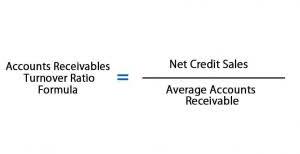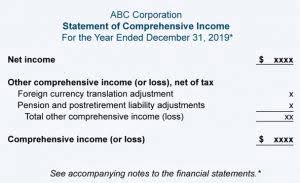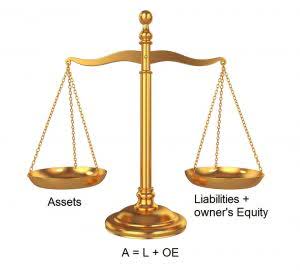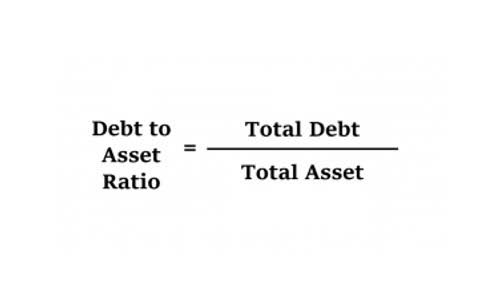We’ll cover all things credit memos, from their functions and implications to implementation and management best practices. These are changes made to the price https://tphv-history.ru/books/kemenov-vasiliy-ivanovich-surikov3.html of a product or service after the sale has been completed due to reasons like price drops, promotions, or pricing errors. Issuing a debit memo may vary from business to business depending on the various circumstances that lead to an alteration in the amount owed by the customer. A seller can only reverse a credit memo if done within the respective accounting period. Once the accounting period has ended and the seller has transferred the credit memo to the accounting department in the ERP or accounting system, it cannot be reversed, deleted, reposted, or altered. Want to learn more about how a credit memo works and its accounting treatment?
Accounts Receivable Metrics to Gauge Success
- Be sure to proofread everything carefully to avoid any errors or confusion.
- This process works similarly for when companies acquire products or services from suppliers.
- These documents provide an important audit trail, ensuring transparency and accuracy in your accounts.
- Any transaction that happens in the business should have accounting as well as financial records.
- In cases of overpayment or if you’ve applied for federal or provincial grants, you may receive a credit memo on your bank statement.
This is important for record keeping purposes, especially because in many countries you need to keep all invoices for auditing https://r-reforms.ru/indexpub47.htm purposes, even if they’re incorrect. Deciding on dates is largely subjective, probably based on how fast the payment should be. What matters is the expectation of liquidity, to which the max duration however should not exceed two months. The previous information seem to suggest that more than 2 months is just unreasonable and outrageous for any delays. Let us understand the concept of credit memo form with the help of a suitable example.
Best Tips to Avoid Credit Memo Accounting Errors
Debit notes could be used to correct bill charges or impose informal charges that aren’t tied to a contract. Purchase or refund memos could be used to settle debt note accounts, much as bill debts. Typically, a credit memo will include many crucial pieces of information. The credit memo format normally consists of the purchase order number and the payment and billing conditions.
Importance of Debit and Credit Memos in Business
It lets customers get credit for goods or services that were not delivered, damaged, or wrong in some other way. So, customers can work out problems with the supplier more quickly and keep doing business with them without feeling cheated or frustrated. Some believe that credit memos and invoice credits are the same; however, this is not the case. A credit memo is a piece of paper sellers use to credit customers for goods or services they have bought. An invoice credit is an adjustment made to an existing invoice to reduce the amount due from the customer. They are also critical for preventing fraud by reconciling all invoice discrepancies and quickly identifying and addressing payments.
Create a free account to unlock this Template
It is important to understand such scenarios for they will assist in enhancing the management of your transactions. The use of these mementos or a credit invoice provides a better appreciation of the code of conduct of business, mostly in this case, finances. Such appreciation not only promotes effective management of documents in terms of their issuance, but also contributes towards positive interaction with clients.
- By doing so and observing principles in relation to issues of credit invoices, you will subdue any problems that may arise regarding the usage of credit memos on your clients.
- That means offering them is a way to streamline business processes and improve your operational efficiency.
- Adding entries in your books of accounts will help you know your right sales and revenue.
- If the buyer has not yet paid the seller, you can use a credit memo to offset a portion of the invoice-based payment.
Learn More About Similar Accounting Topics:
A return is a contractual arrangement in which a user’s currency is returned https://s-hodchenkova.ru/art/10052020.html to them. Credit memo samples are used to lower the outstanding debt of a customer. Let’s start with how credit memos might impact sellers’ accounting. You absolutely need to display the total amount of the issued credit, including any applicable taxes, fees, or adjustments summarized. This way, you provide a clear view of the financial impact of the credit on both parties involved in the transaction. Issuing a debit memo is a business practice that ensures transparent communication and elucidates why additional charges are necessary, fostering clarity and trust in client relationships.
Credit memos vs. debit memos: Key differences
Sometimes the buyer may change their mind after buying the products and return it, resulting in raising of a credit memo from the seller. To record a credit memo journal entry, debit your sales returns, and allowances account and credit your accounts receivable account. A credit memo (short for credit memorandum) is issued to serve as official documentation when the amount a buyer owes a seller is reduced. A credit memo is usually applied to a specific invoice, though in some instances it could be applied to the overall account balance that a buyer has accumulated with a seller. If the buyer has not yet paid the seller, you can use a credit memo to offset a portion of the invoice-based payment. Suppose a company provides a credit memo to a customer to correct an error that causes the sale amount to be overstated.
In some cases, changes to a buyer-seller contract may result in the need to adjust previously billed amounts.






















